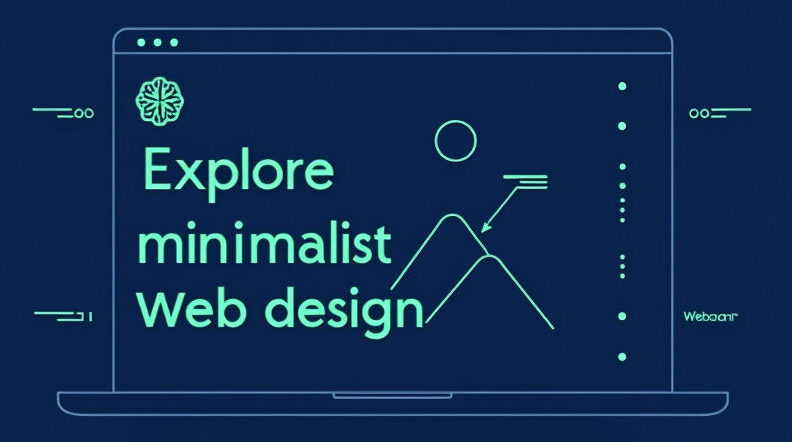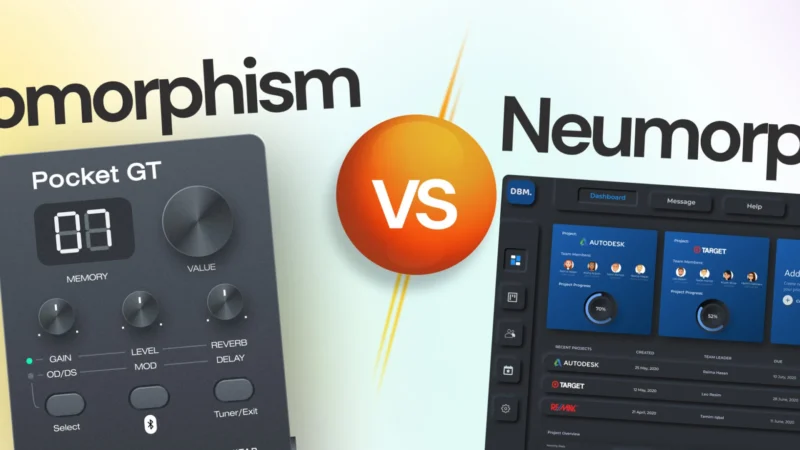Embracing the Simple:: The Rise of Minimalist Design and Its Impact on User Experience

In a world overflowing with information and clutter, the minimalist movement stands out like a breath of fresh air. Minimalist design isn’t just a trend; it’s a philosophy aimed at enhancing the user experience by prioritizing simplicity and functionality. But why has minimalism become so popular in recent years? This post delves into the rise of minimalist design, exploring its principles, benefits, and how embracing simplicity can significantly enhance user experience.
Understanding Minimalism in Design
Minimalism in design can be described as a deliberate approach that strips away the non-essential. This philosophy emphasizes the idea that less is more, promoting simplicity and clarity in every element of design.
The Core Principles of Minimalist Design
- Simplicity: The primary goal is to simplify the user experience, allowing users to focus solely on what they need.
- Functionality: Every element should serve a purpose. If something doesn’t contribute to the overall goal, it shouldn’t be there.
- Whitespace: Effective use of whitespace clarifies layout and enhances readability, making it easier for users to navigate.
- Limited Color Palette: A restrained color palette reduces visual noise and helps emphasize key information.
- Typography: Choosing the right typeface is critical in minimalist design, as it should enhance legibility while conveying the appropriate tone.
The Benefits of Minimalist Design
Minimalist design offers numerous advantages, not only for designers but also for users who interact with the designed products.
Enhancing User Engagement
- Reduced Cognitive Load: By minimizing distractions, users can process information faster and more efficiently. This leads to improved decision-making.
- Faster Loading Times: Minimalist websites or apps usually have fewer images and complex scripts, resulting in faster load times and a smoother user experience.
Building Trust and Credibility
- Professional Appearance: Clean and simple designs can convey professionalism and establish trust with users. A cluttered site may raise doubts about a brand’s competence.
- Transparent Messaging: With less visual clutter, key messages become more evident, making it easier for users to know what to do next.
Accessibility and Usability
Minimalism often goes hand in hand with user-centered design. Its emphasis on straightforward navigation makes digital content more accessible to a wider audience, including those with disabilities.
Practical Applications of Minimalist Design
Organizations across various industries have successfully implemented minimalist design principles, achieving more engaged and satisfied users.
Examples from Popular Platforms
1. Google
Google’s simple homepage is one of the most recognizable examples of minimalist design. With one search bar and no unnecessary distractions, users can focus solely on their search queries.
2. Apple
Apple’s sleek product design speaks to minimalism. Each product minimizes features to emphasize ease of use and intuitive functionality.
3. Dropbox
Dropbox uses a straightforward interface that allows users to navigate and manage their files easily. The use of whitespace and simplicity enhances its overall usability.
Minimalism’s Impact on Branding
Minimalism not only shapes user interfaces but also defines a brand’s identity. A well-executed minimalist design can convey clarity and purpose, resonating deeply with consumers.
Consistency in Branding
- Unified Visual Language: A minimalist approach allows brands to achieve a consistent visual language across various platforms.
- Memorable Messages: Fewer design elements mean that what’s left stands out, making it easier for customers to remember and recognize a brand.
Conclusion
Minimalist design is more than the absence of clutter—it’s a mindset that values clarity, functionality, and user-centricity. As our digital landscape continues to evolve, the principles of minimalism will remain crucial in enhancing user experience. By embracing simplicity, businesses can drive engagement, foster trust, and create more meaningful interactions.
So, whether you’re a designer, business owner, or simply someone interested in the art of simplicity, consider reevaluating how minimalism can enhance your work or life. Could less really be more for you?
Takeaway: In a world filled with noise, minimalist design encourages us to focus on what truly matters, both in digital experiences and in our daily lives.
For further reading on design principles, consider exploring Smashing Magazine or Nielsen Norman Group.







